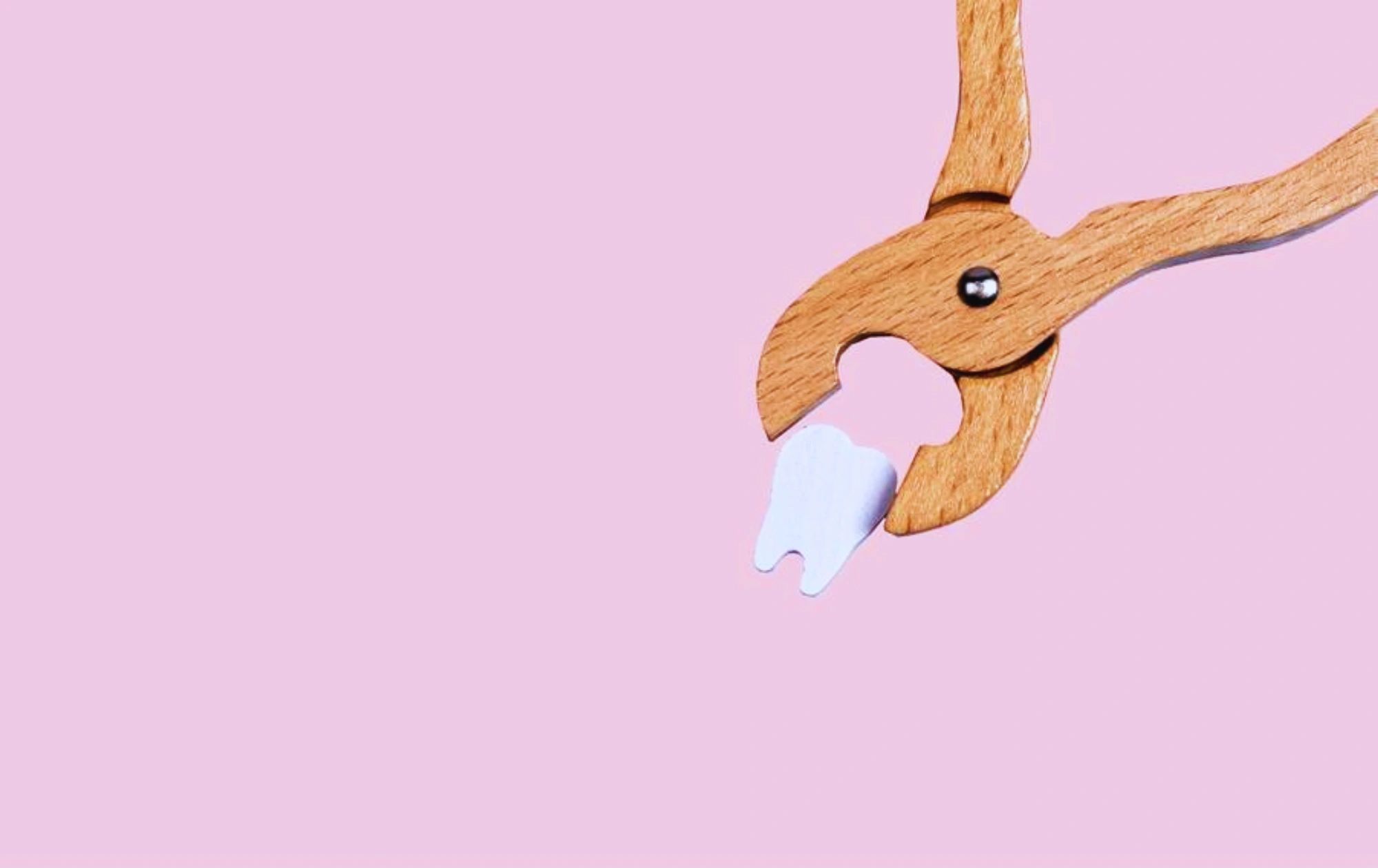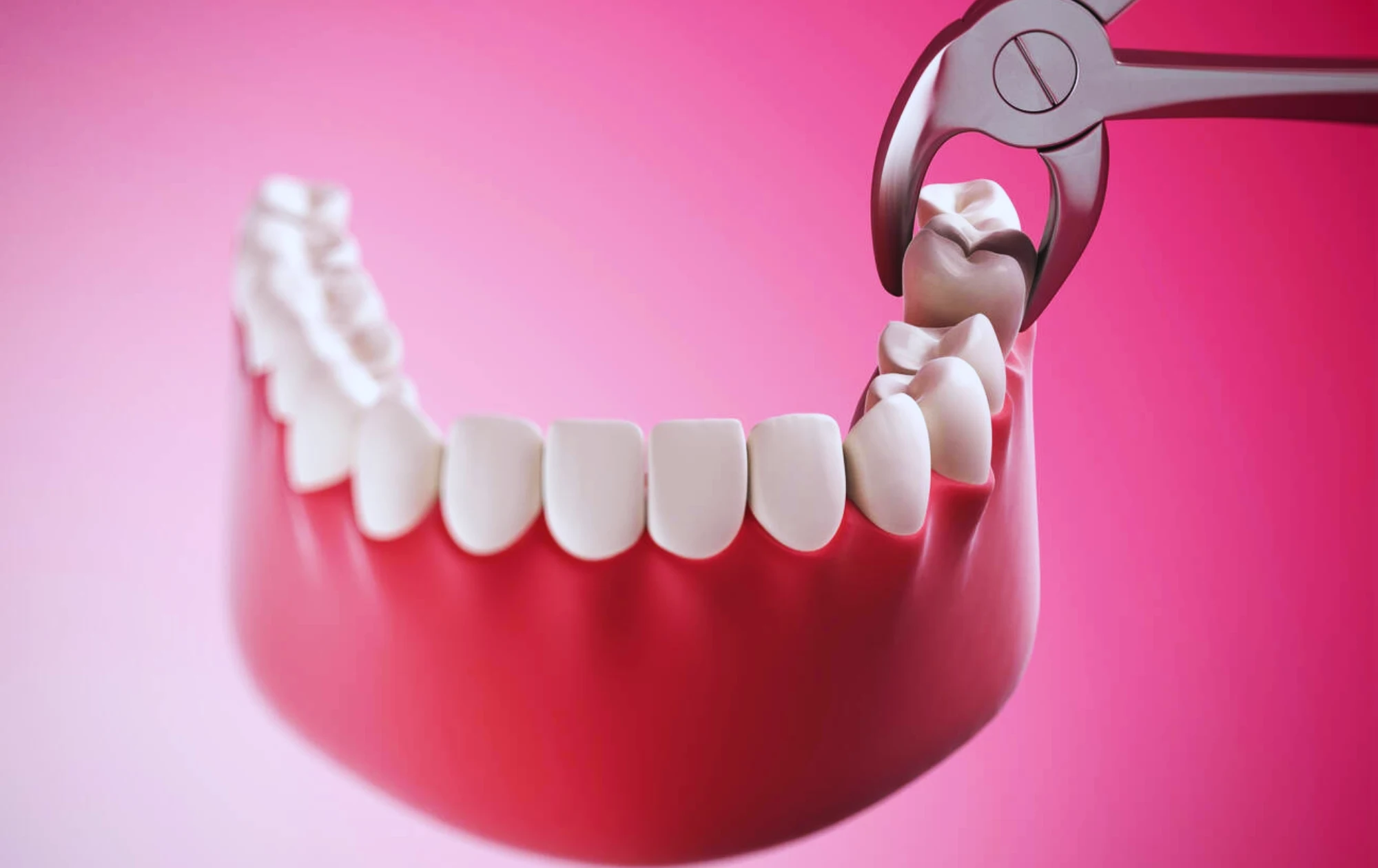The global annual statistics suggest the removal of over 13 million teeth, either wisdom teeth or others. The tooth removal surgery often leaves a wound inside the dental cavity and must be healed before using the dental structure normally again.
However, the primary concern is resuming a regular solid diet after tooth extraction. It is obvious not being able to chew hard on, sometimes even typically, after many dental procedures, including teeth removal. So, how soon should you start eating solids again after tooth extraction?
Tooth Extraction
Tooth Extraction is a dental procedure, a minor surgery in which a tooth is removed from the jawbone, mainly if it compromises oral health. Some common reasons include crowding, severe decay, the impact of wisdom teeth, or advanced periodontal disease. Extraction is the only solution when the teeth are entirely damaged and cannot be restored with any dental procedure.

Also Check: How To Remove Tooth Decay Yourself? Remedies & Prevention
Immediate Post-Extraction Period
The immediate post-extraction period is a crucial phase in the dental healing process. In the hours following the process, prioritizing activities promoting healing is vital. The immediate care session involves:
- Bitting on gauze to form blood clots that help in the healing process.
- Avoid touching the extraction side with your tongue or finger, as it can dislodge the clotting process.
- Take antibiotics or pain relievers as and when prescribed by the dentist.
- Limit any physical activity that increases the blood flow.
- Apply ice packs.
- Be mindful of oral hygiene.
Timeline To Start Solid Food
The timeline is crucial for reintroducing solid food after a tooth extraction, particularly for the healing process. However, the exact duration may vary for individuals depending on the healing rate or the complexity of the extraction. However, here’s a general guideline:
- For the First 24 Hours: Stick to a liquid or strictly soft diet immediately after extraction. Avoid hot, spicy, solid food, and anything crunchy during this phase. The primary focus during this phase is to allow blood clot formation; thus, dentists often recommend cold food (soft or liquid), preferably ice cream and fruit juices. However, do not use straws for drinking juice as they may dislodge the clot, delaying the process of healing.
- Next 24 to 48 Hours: Progressing after the first day, preferably on the second, gradually incorporate semi-solid food; however, only items that do not require much chewing. For example, include mashed potatoes, yogurt, oatmeal, avocado, apple sauce, and smoothies. Chew very slowly from the other side of the extraction.
- 48 Hours to 1 Week: Continue eating the soft food diet or anything that doesn’t trap into the empty gum socket. You can now include scrambled eggs, salmon, well-cooked vegetables, mushy rice, and cooked pasta into your diet. By now, the clot must have formed entirely, and you can start doing saline rinse to eliminate any chances of infection. If brushing or flossing is difficult, use a mouthwash.
- 1 Week Onwards: For the one-week post-extraction care, you can now transit back to your regular diet, including solid food. It takes 7 to 8 days before resuming a solid diet with no complications. However, continue avoiding extremely hard or crunchy food, particularly from the side of extraction.
Overall, before consuming solid food after tooth extraction, waiting for about a week is wise. However, the recovery period isn’t the same for everyone, and it may extend to 10 days or sometimes two weeks, depending upon the individual’s recovery rate.
When introducing solid food, pay attention to how your mouth feels. Upon experiencing any pain, discomfort, or signs of irritation, it is essential to temporarily revert to a soft diet. Also, before making significant changes in your diet, it is essential to consult with your dentist for personalized recommendations. Sometimes, when the patient is under antibiotics, the doctor may advise certain food items to support the medicinal effect.
Tips For Comfortable Eating
Besides what and when to eat solid food after tooth extraction, how to eat is also crucial. Here are some tips for comfortable eating without disturbing the healing process:
- Avoid direct pressure on the extraction and chew on the opposite side. Even when gulping liquid or a soft diet, use the other side.
- Take smaller and manageable bites and try to reduce the stress on your jaws.
- Consider chopping or blending your food into smaller pieces.
- Avoid food that is too hot or cold, as extreme temperatures can be sensitive for healing. Consume food when at room temperature.
- When consuming liquid, ensure it is lukewarm.
- After eating, rinse your mouth gently with a mouthwash or a saline solution.
- Incorporate soft food into your diet, especially during the initial phase.
- Take your antibiotics and pain medicines as prescribed by the dentists.
- Drink plenty of water and stay hydrated.
Foods To Avoid
During the recovery phase after a tooth extraction, avoid certain food items, including the following:
- Hard and crunchy food can be abrasive and can disrupt the healing process.
- Chewy or sticky food such as gummy candies, toffee, and caramel may stick to the gum and hamper blood clotting.
- Spicy food may irritate the sensitive tissues around the site of extraction.
- Extreme hot or cold food as it may cause discomfort.
- Acidic food and beverages include sodas, citric fruits, and lemon.
- Alcohol may react negatively with the prescribed antibiotics.
- Avoid using a straw, as the suction pressure may dislodge the blood clot.
- Tobacco products as they might make the recovery process complicated.
- Seeds and small grains.
- Carbonated drinks.
- Tough meat.
Read More: How To Restore Tooth Enamel Naturally? Simple Tips You Can Try Right Now!
Conclusion
Overall, resuming a regular diet after a tooth extraction is slow and gradual. Ideally, one should be able to start eating solid food after 7 to 8 days or even longer, depending upon the individual healing capacity.
Remember, individual healing experiences may vary; thus, dentist advice is necessary for personalized guidance. From understanding the timeline of consuming solid food to adopting strategies for food consumption, a collaborative approach is essential.

